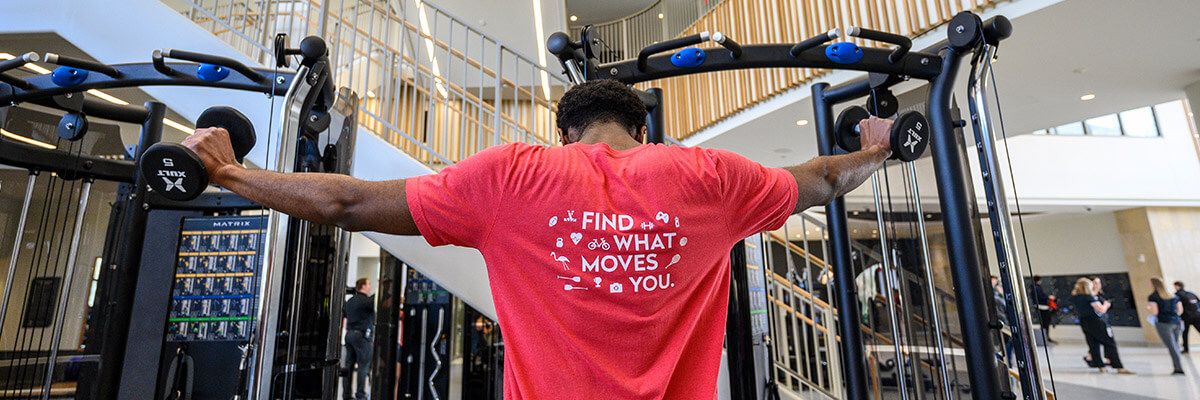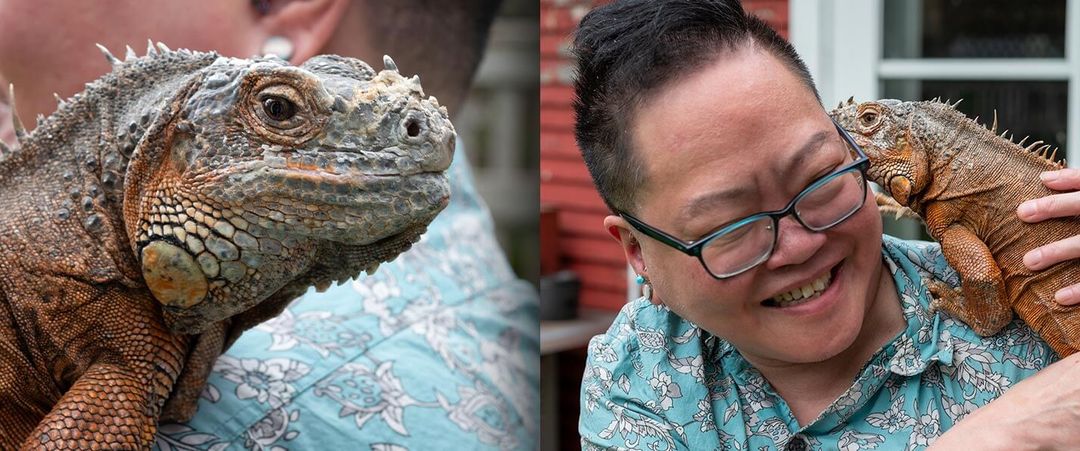As a kid, Holli Dietrick MS’06 liked sports, and she liked medicine. She originally thought she’d be a doctor, and she even dressed the part by doing her homework in surgical masks. “The minute I found out there was a job that combined sports and medicine,” Dietrick says, “that’s exactly what I wanted to do.”
Today, Dietrick is the assistant director of sports medicine for UW athletics, a role that sees her working directly with a variety of athletes, as well as a staff of 22 athletic trainers assigned to each of the UW’s 23 varsity sports. Individual programs and even individual athletes have different athletic training needs. Dietrick and the rest of the trainers cater to every student-athlete, helping them overcome and prevent injuries and push their specific limits safely.
You may not be a Division I athlete or an Olympian — or maybe you are — but, according to Dietrick, the same basic principles apply either way. “There actually isn’t that much of a difference between our elite athletes and the general population,” she explains. “What each one of our athletes needs is very different from person to person.”
Dietrick can��’t provide a list of special stretches that will un-tweak your back or make you feel like a college freshman again. But she can offer some advice to get moving — and stay moving — in a healthy manner.
There’s no one-size-fits-all routine.
“[Stretching needs are] based on what works for athletes, body-wise — what might be tighter or looser. I always laugh when I go to stretch a hamstring of a diving athlete because they’re pretty flexible, so they maybe don’t need that kind of stretching.”
Get moving!
“We really focus on dynamic warm-ups and not necessarily the old-time static stretching where everybody’s sitting down and grabbing a leg. … Now, it’s really focused more on movement and getting the muscles going.”
But remember to start slow.
“Some jogging or biking or even just walking is good to get those muscles moving.” Then you can start getting into the fun stuff: high knees, butt kicks, lunges, and ladder exercises.
And don’t forget to cool down.
“Our athletes often use stretching for recovery. A lot of our student-athletes do yoga, as well, so that’s a great way to incorporate some dynamic stretching while also doing a fun activity.”
Don’t overdo it.
“People want to go, go, go. But [you should be] taking the time to plan it out, knowing what’s best for you, knowing what you can handle and what you can’t handle, listening to your body, and progressing through it as you can.”
Avoid long-term burnout.
“Our student-athletes have to do what is assigned for the day for their workouts. But one of the things that we stress [when they leave] here is to find something that you enjoy doing. Find an activity that makes you happy because you’re more likely to stick to it.”










